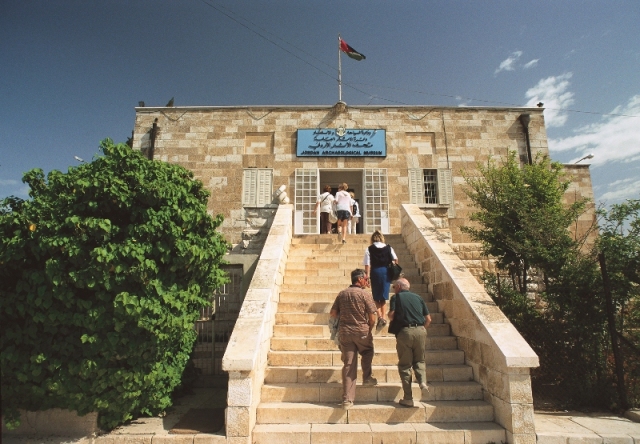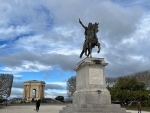
The beauty of Art in Jordan!
The Hashemite Kingdom of Jordan is a country that is rich in culture and heritage. Over the years, Jordanians have diligently preserved what has been handed over to them through the centuries. The Kingdom has as many as 17 art exhibition spaces ranging from cultural centers, large private art institutions to privately owned exhibition halls.
The art movement in Jordan has consistently seen the rise of Impressionism as a popular style from the 1920s when people welcomed it in their homes. Gradually, the Jordanian artists embraced this style during the 1960s, and by the 1970s the entire country witnessed a considerable increase in artistic activity. The signs of a modern art movement in Jordan began to reflect in the early 1950s.
In the next decade, the kingdom saw the emergence of art societies and in 1966, the Department of Culture and Arts was founded within the Ministry of Youth to support and promote cultural activities related to fine arts, theatre, music, and literature. However, it was only in 1990 that the Ministry of Culture began playing a more active role at the national level.
The other important landmark was the formation of the Royal Society of Fine Arts in 1979. The aim of this society was to promote visual arts in Jordan, Arab and Islamic countries and the Third World.
.jpg)
In 1981, Her Majesty Queen Noor Al Hussein founded the Jerash Festival for Culture and Arts to promote Jordanian, Arab and international cultural and artistic interaction at one of Jordan's most important archaeological sites. Even today, this annual international festival serves as a dynamic catalyst for the promotion of Jordanian and Arab culture and arts. In 2002, Jordan's capital Amman was chosen by the United Nations Educational, Scientific and Cultural Organization (UNESCO) Arab Cultural Capital.
A lot of this would not have been possible without royal patronage. Both Their Majesties King Abdullah and Queen Rania have supported and patronized numerous cultural events in the Kingdom, including introducing awards for the artists who have contributed substantially to progress in the field of art and performing arts.
In August 2001, a Royal Decree was issued giving birth to the Song Festival in order to bring back the touch of originality and popularity to Jordanian songs and to enrich the identity of the contemporary local song. Queen Rania, who heads the National Council for the Amman Arab Cultural Capital 2002, also opened, as part of the events marking Amman as the cultural capital, a cultural avenue to promote local art and cultural scenes in Shmeisani.
.jpg)
The avenue has several attractions, to mention only a few, the "Sunken Court", an art gallery constructed below the street and kiosks displaying books and artwork ranging from paintings to handicrafts and photographs.
.jpg)
For those who come to Jordan in quest of exploring its rooted past, also like to spend time at its various historical sites and well-kept museums. The capital city of Amman particularly, is home to museums dedicated to coins, geology, stamps, Islam, Jordanian folklore, and the military. The Jordan National Gallery of Fine Arts houses a collection of contemporary Arab and Muslim paintings as well as sculptures and ceramics. And for those with a deep interest in the archaeological history, the ancient ruins at Petra, Qasr ‘Amrah and Umm al-Rasass near Madaba are all designated UNESCO World Heritage Sites. This, of course, is over and above the several archaeological museums located throughout the country.
Support Our Journalism
We cannot do without you.. your contribution supports unbiased journalism
IBNS is not driven by any ism- not wokeism, not racism, not skewed secularism, not hyper right-wing or left liberal ideals, nor by any hardline religious beliefs or hyper nationalism. We want to serve you good old objective news, as they are. We do not judge or preach. We let people decide for themselves. We only try to present factual and well-sourced news.






